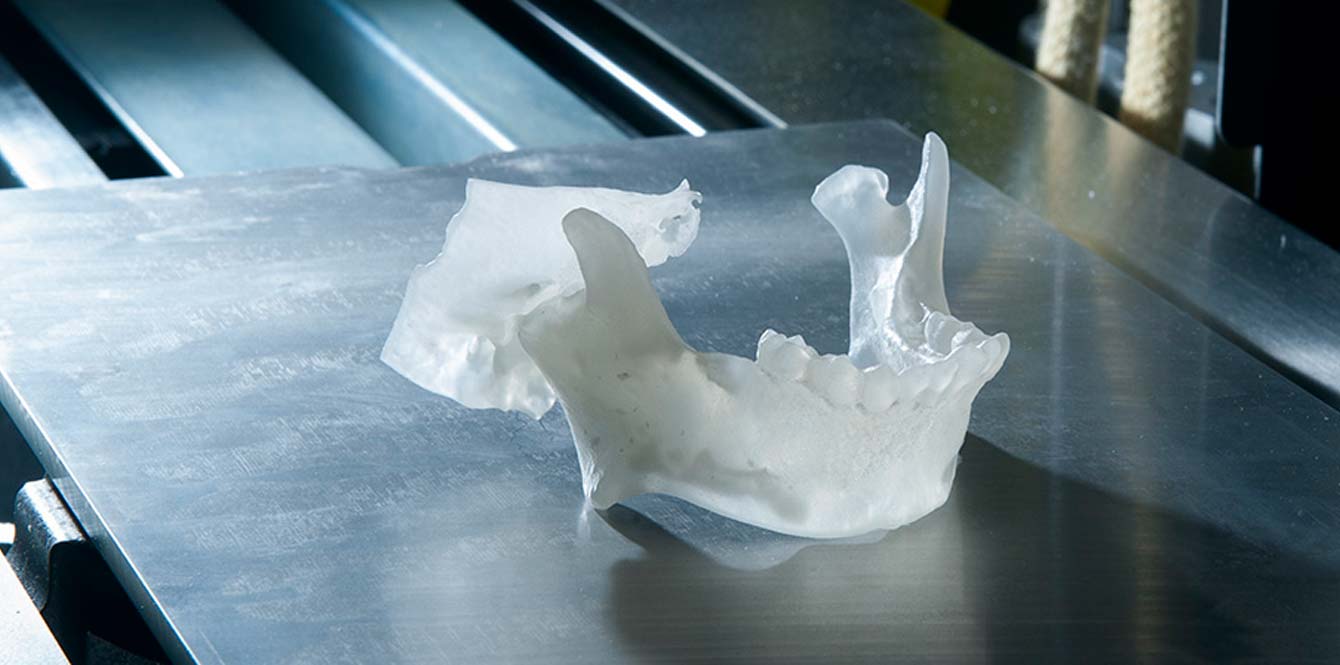
The rapid production of 3D models is now helping surgeons to prepare for operations, mainly in orthopaedic, maxillofacial and heart surgery.
Mar 31, 2014
"Vital Signs" is the brand new show about healthcare on CNN International. Dr Sanjay Gupta explore how 3D printing can create body parts.
Sanjay Gupta looks at how the Wilmington Robotic Exoskeleton (WREX) has transformed the life of a 4 year-old girl.
How 3-D printing is affecting the world of medicine.
Several surgeons at the Lausanne University Hospital (CHUV) were already requesting this service externally. And the users all agree: a life-size object with very high precision (32 microns) is superior to the best 3D image for the purposes of visualising and preparing for surgery. Dr Piergiorgio Tozzi in heart surgery aims to have a prototype of an artificial bi-ventricular heart made for in vitro tests. “The new machine will be more efficient than the one we’ve had in the laboratory until now,” he says. “It will also help us at the clinic to choose the optimally sized aortic valve for percutaneous replacements.” The challenge was finding the right machine at an affordable price. At the CHUV’s Printing and Reprography Centre, Bernard Bévillard and José Pahud carried out tests on several machines over a period of several months. They finally chose a ProJet 3500 SD at 70,000 Swiss francs, along with a drying oven and an ultrasound bath for cleaning complex parts. Wax is used as a medium for printed objects, with nozzles covering the wax with plastic.
The 3D prints are economical, each one saving between several hundred and one thousand Swiss francs.
For “simple” objects, José Pahud and one of his colleagues were trained to prepare computer files that can be read by the printer. Physicians provide images in DICOM format, but the machine can only read STL (stereolithography) files. “Designing the printing files is a key step in the process,” says José Pahud. The task requires skills in CAD and 3D printing as well as solid knowledge of anatomy. The correct reading and interpretation of the print file determines the usefulness of the printed object as well as the printing time and cost. For now, an exterior consultant is called on for the most complex projects.
The 3D prints are economical, each one saving between several hundred and one thousand Swiss francs. They are less expensive than several MRIs and often necessary for preparing efficiently for an operation.